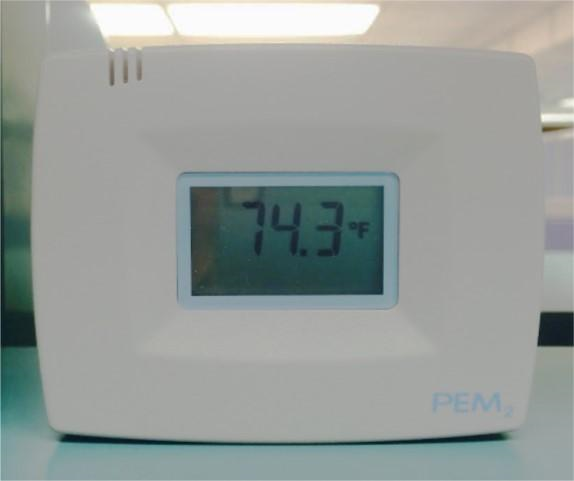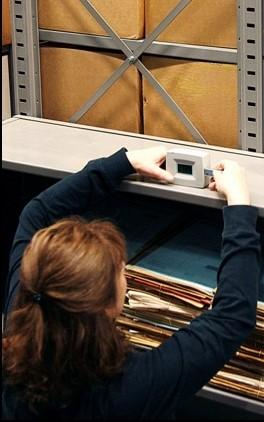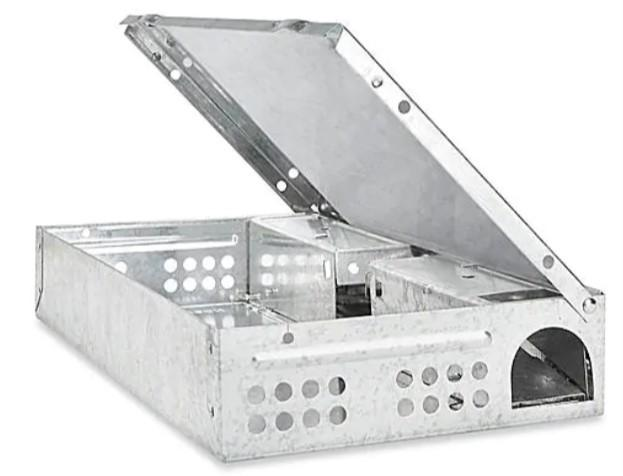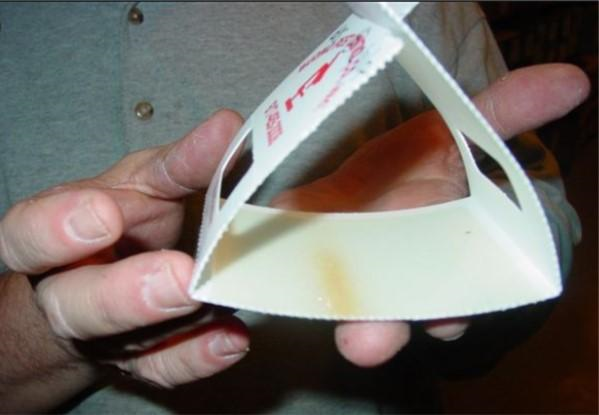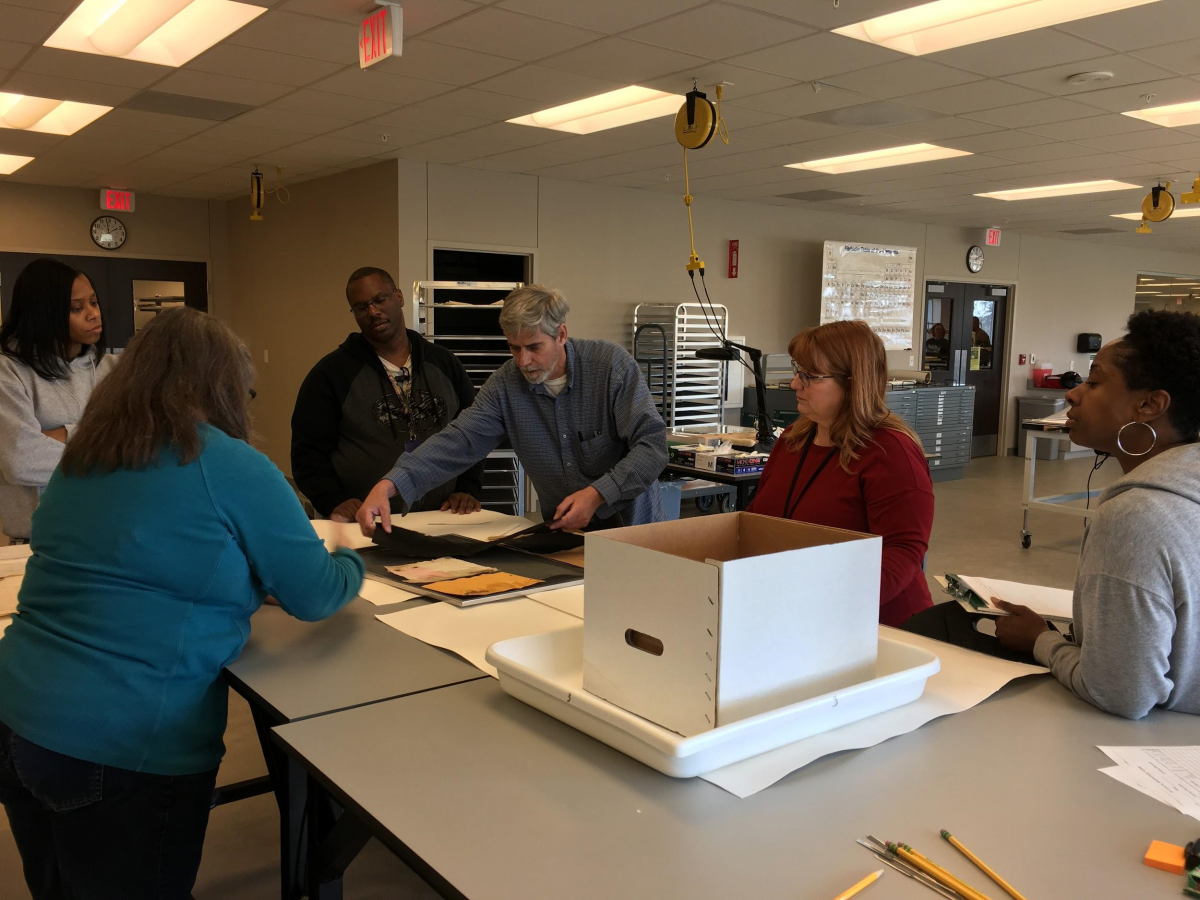
Preventative Conservation
Preservation of our records depends on much more than conservation treatment of individual items. Preservation encompasses a series of strategies that ensure the longevity of our holdings. These include monitoring the environment, checking for pest activity, preparing proactively for emergencies, and offering training and educational opportunities to all St. Louis staff.
Environmental Management
Maintaining the proper range of temperature and relative humidity slows down chemical processes that cause the deterioration of paper-based, film-based, and other media types held by NARA. The temperature and relative humidity ranges established in NARA Directive 1571 Archival Storage Standards, are based on record type, the material’s sensitivity to environmental conditions and how a space is used, while also considering energy efficiency and sustainability. In Saint Louis the fragile and damaged burned files are stored in conditions that are colder and drier than those for most paper-based records.
We use over 70 dataloggers located in storage rooms and areas where facility staff work with records to record temperature and relative humidity on a continuous basis. A minimum of two dataloggers are placed at opposite ends and on different levels of our large storage bays to obtain a holistic view of each bay’s environment. The dataloggers can provide a real-time reading of conditions in the space, and the temperature and relative humidity data is downloaded into a software program that allows preservation and facility staff to analyze conditions over time and respond as needed.
Preservation staff are responsible for regular downloads of environmental data from the many dataloggers kept throughout areas where records are stored or used.
Integrated Pest Management
An Integrated Pest Management (IPM) program helps prevent an insect or rodent infestation.
Insect and rodent traps placed at intervals throughout the storage bays and outside the building are checked monthly as part of our IPM Program. The information gathered guides preventative and treatment measures.
Emergency Response
NARA Directive 1561, Records Emergency Preparedness and Recovery in NARA Facilities establishes what each NARA facility should include in their Records Emergency Response and Recovery Plan.
No facility recognizes the need for proactive preparation for emergency response more than the National Archives in St. Louis! Planning for an emergency response requires much more than simply writing a plan—though we update ours annually. Emergencies take many forms, ranging from a roof leak to a large-scale natural disaster affecting an entire region.
The St. Louis Preservation Division takes the lead role in our facility’s Records Emergency Response Team, which includes members from all departments. The Team receives annual training on how to prepare and respond to an emergency. Participating in mock scenarios familiarizes them with our Records Emergency Response Plan and provides hands-on experience in a mock salvage exercise working with water-soaked non-record materials. These exercises also identify circumstances not anticipated in our written plans that must be corrected before a real emergency occurs.
Staff Training and Outreach
Preserving our records depends on everyone who handles them understanding the needs of physical preservation. Preservation provides training to new hires and volunteers, specialized training for specific projects, and refresher training to all facility staff. The training ensures good handling habits are maintained whether using records for reference requests, in our research room, or when pulling and refiling records.
When able, Preservation staff also seek out opportunities to share our work and tips for preservation with the public in outreach activities. In 2008, the St. Louis Preservation Division established a Preservation Awareness Committee (PAC) to promote preservation at the St. Louis facility. Staff also participate in creating social media posts, blogs, and public presentations. A small selection of our public outreach includes:
- Pieces of History blog post "It’s why I do what I do"
- Preserving Personal Collections presentation, 2019 NARA Genealogy Fair
- A is for Archives, B is for Burn File: Accessing Burned Records at the National Archives at St. Louis (video)
- Archivists here work to preserve personnel files from Battleship Arizona
- Labor of love and duty at St. Louis County records center after 1973 fire
- Living St. Louis “Federal Records” (filmed in 2008 at the Page Avenue Building) (video)
